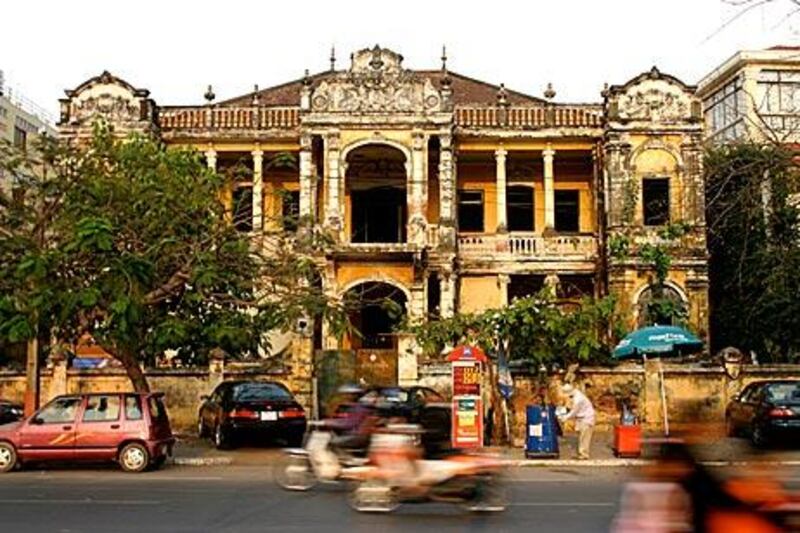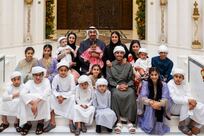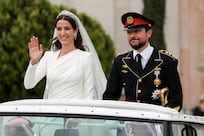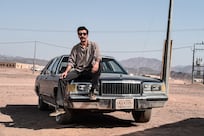Why Phnom Penh?
This is a city in transition, where history and modernity have only recently run into each other, striking a temporary equilibrium. Look from the rooftop of one of Phnom Penh's taller buildings and cranes dot the horizon - a sign of the building boom that Cambodia's rulers promote with dubious optimism as a symbol of Asia's newest emerging tiger economy. But cruise the streets in the evening in a tuk-tuk, past Buddhist wats and French colonial-era buildings, a warm breeze caressing your face, and you'll feel its enduring romance.
The fact that Phnom Penh retains so much of its charm is the result, equally of foresight and tragedy. As other regional leaders pursued urban-driven industrialisation during the 1950s and '60s, Cambodia's enigmatic leader, Prince Norodom Sihanouk, discouraged people from leaving the countryside. And he sponsored urban development projects aimed at preserving the capital's traditional aesthetic. Fortunately, he had at his disposal an architect, Vann Molyvann, who brilliantly fused ancient and contemporary design to create some of the city's most distinctive structures. Then came the Khmer Rouge, who emptied the capital of its inhabitants as part of their plan to turn the country back to "year zero". Phnom Penh was paralysed for those years, and development stalled during two decades of civil war that followed the regime's 1979 overthrow. Peace has brought record economic growth, and today Phnom Penh exudes a curiously mellow vibrancy. Some find it hard to see past the dirty streets and crumbling buildings. But scratch the surface of Phnom Penh and you'll find a city on the verge of becoming cosmopolitan, yet one that still breathes history. It's a unique moment in a unique place.
A comfortable bed
For travellers wishing to be ensconced in the city's colonial past, the obvious choice is the five-star Raffles Hotel Le Royal, built in 1923 (www.raffles.com; 00 855 23 98 1888), where rooms start at US$155 (Dh570). There are many boutique hotels, such as the Pavilion (www.thepavilion.asia; 00 855 23 22 2280), a colonial-era villa that once housed Cambodia's queen (rooms start from $40 [Dh147], including breakfast). Another good option is the Blue Lime (www.bluelime.asia; 00 855 23 22 2260), which is tucked into a side street conveniently located behind the Royal Palace (rooms from $40 including breakfast and taxes).
Find your feet
Stroll along the quay, with its jumble of storefronts and restaurants across from the recently that lines the riverbank. Continue on to the walled Royal Palace complex. Set in immaculately manicured gardens, the yellow and white buildings are adorned with Khmer flourishes, such as spires twisting off the peaks of tiled rooftops. An architectural anachronism is the Napoleon III Pavilion. Built of iron, it was shipped in pieces and assembled as a gift from the French ruler to King Norodom.
To explore the city's development since independence, sign up for one of the Khmer Architecture Tours (www.ka-tours.org). Finish your day on the water, watching the sun slip below the cityscape. You can find boats for hire along the promenade and take a slow cruise down the Tonle Sap to where it joins the Mekong.
Meet the locals
Take in the friendly but raucous atmosphere of a Khmer kickboxing match, held most weekends at varying locations (any tuk-tuk driver should know where). Those more inclined towards inner and outer peace can join Buddhist monks in meditation at Wat Lanka every Saturday and Monday at 6pm. In the evenings, many Khmer families flock to open-air barbecue restaurants such as Sovanna (Street 21, just off Sihanouk Boulevard).
Book a table
Phnom Penh has an affordable and diverse menu, from the unexpected - Mexican, Russian, Lebanese - to less surprising Asian fare. Some favourites are: Romdeng (74, Street 174) for delicious Khmer cooking served in a wonderfully restored mansion. You can warm your heart as well as your belly for less than $12 (Dh44) knowing that the restaurant provides jobs and training to former street youth. Atmosphere (141, Norodom Blvd) serves quality French cuisine in an art deco setting, with main courses from $5 to $12 (Dh18-Dh44).
For an out-of-the-ordinary dining experience, try Pyong Yang (400 Monivong Blvd). Owned by the North Korean government, the staff also hails from the Hermit Kingdom. In between dishing out Korean cuisine, priced between $5 and $20 (Dh18-Dh73), waitresses serve up music and dance performances.
Shopper's paradise
Many opt for a visit to Russian Market, the sweltering, crowded complex of stalls selling everything from Levi's knockoffs to silk scarves and traditional instruments. For a more relaxed shopping experience, wander down Street 240 and pop into a few of the boutiques. The Chocolate Shop produces its delectable treats, including chocolate encrusted with Kampot pepper, once considered by French chefs to be the finest in the world. Wanderlust, owned by former New York City fashionista Elizabeth Kiester, sells clothes that combine traditional Khmer designs with western chic, made by talented local seamstresses.
What to avoid
Boeung Kak Lake. Until recently the backpacker haven of Phnom Penh, the government has been forcibly evicting entire neighbourhoods along the lakeside, and a shadowy private company is filling the lake with sand to turn this once placid tourist attraction into valuable real estate.
Don't miss
The Tuol Sleng museum. More than any other relic of the Khmer Rouge period, it captures the horrors perpetrated by the regime. At this former high school-turned-prison, about 15,000 people were tortured before being executed. Instruments of torture are on display, as are hundreds of haunting black-and-white photos of prisoners. It is a sobering and disturbing experience, but no visit to Phnom Penh is complete without a tour of Tuol Sleng. At the very least, it will underscore the spirit of a people who were able to emerge from one of the worst atrocities of the 20th century and rebuild their lives with such openness and grace.





